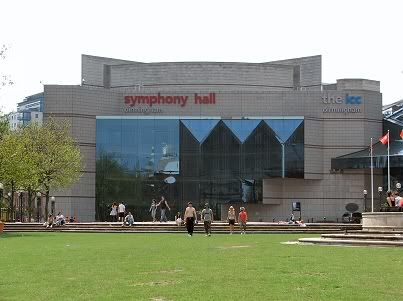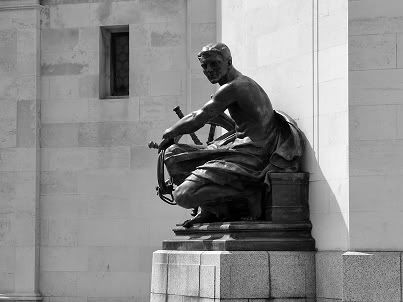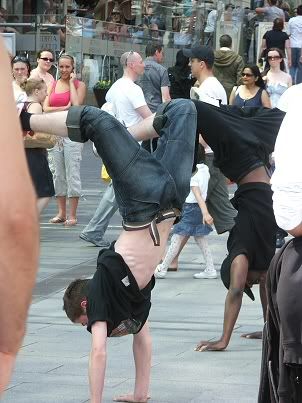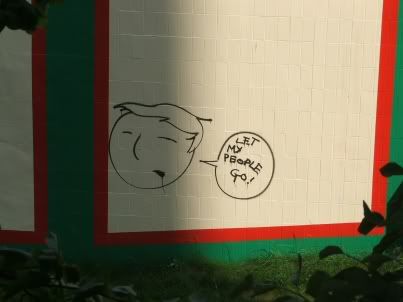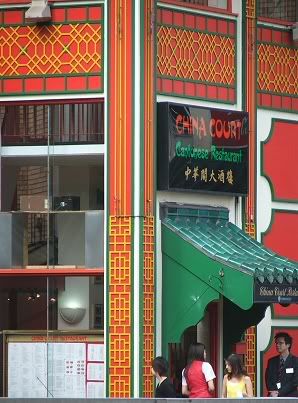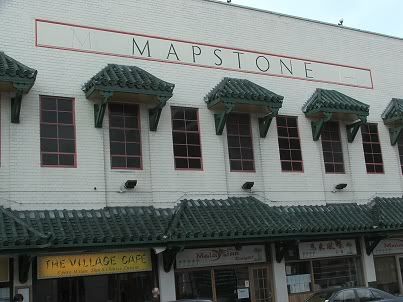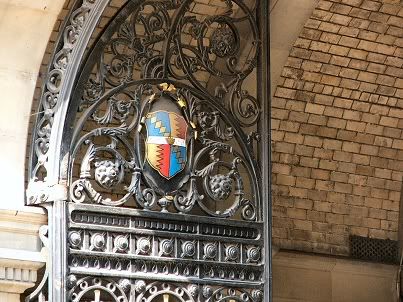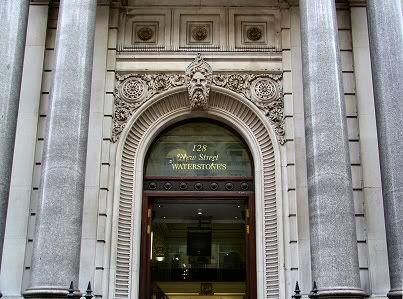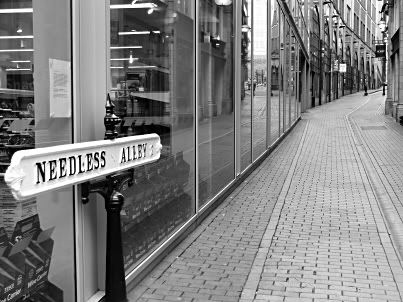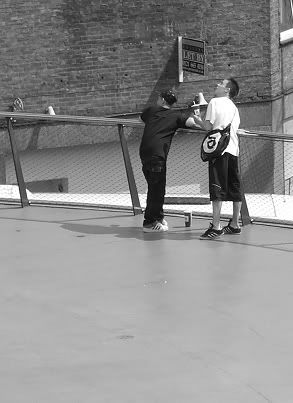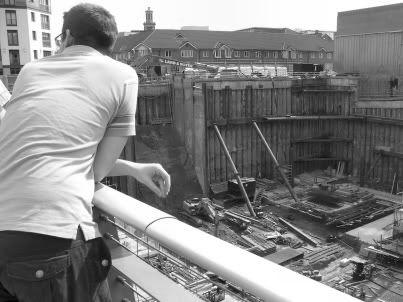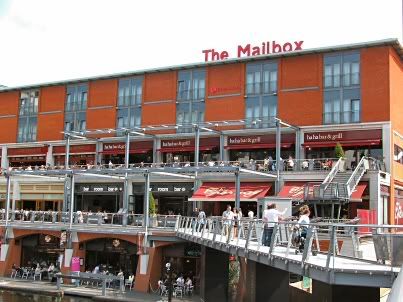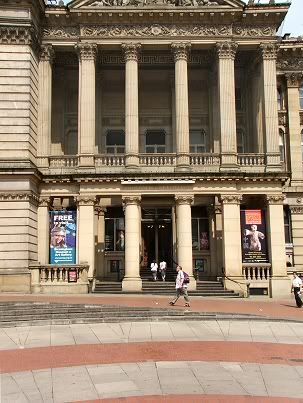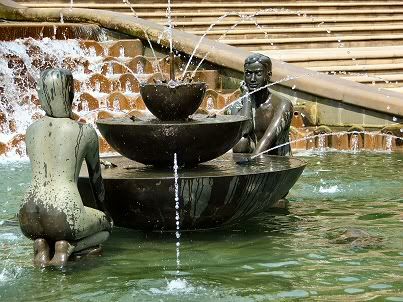
Travel West Midlands (West Midlands Travel Ltd.) are part of the National Express Group and are the largest bus operator in the West Midlands, carrying nearly one million passengers per day on over 1800 buses. They have recently changed their name to National Express West Midlands and are gradually applying new livery to their vehicles. This caused problems for a while as many people mistook them for buses belonging to Diamond Bus as the new livery was very similar to the existing livery of the other company. To make matters worse, the company apparently ran out of branding stickers, so to show that the buses belonged to Travel West Midlands, they set the destination display screens to intermittently display the company name and logo.
The company has recently scrapped several of their old buses, in particular the MCW Metrobuses which caused a bit of a stir amongst bus and transport enthusiasts and lovers of the old and retro. Enviro 400s seem to be a favourite with the company at the moment and after trialling one since around 2005, they have purchased fifty-nine more.
The remaining Metrobuses still sport the old livery of blue at the top, a narrow red stripe*, white in the middle, a narrow blue stripe, a red stripe*, a narrow white stripe and blue at the bottom. The Envrios are completely red. Most of the buses are painted blue, red* and white, but some have a diagonally red front, with two thirds of the rear in white and some are white with blue, silver, blue, silver, blue and red stripes running along the bottom and curving up towards the front.
*Sky blue for Coventry
The company operates from eleven garages across the West Midlands: Acocks Green, Bordesley Green, Birmingham Central, Lea Hall, Perry Barr and Yardley Wood (Birmingham); Pensnett, Walsall, West Bromwich and Wolverhampton (Black Country); Coventry (Coventry). Travel West Midlands's Coventry services are operated by Travel Coventry buses.
At the time of writing, a full single adult ticket costs £1.50 and child's (5-15) ticket costs 75p. Day tickets can be purchased for £3 (adult rate) or £2 (child rate) and can be used on Travel Coventry services.
The buses in the photo are on Moor Street. The bus front left is not a Travel West Midlands bus, but is owned by Diamond bus.
Front left to right: Dennis Dart/Plaxton Pointer (Diamond Bus; fleet number 487), Mercedes 0405N (fleet number 1643)
Back left to right: Enviro 400, Dennis Trident 2, Volvo B7/Plaxton President (possibly)

